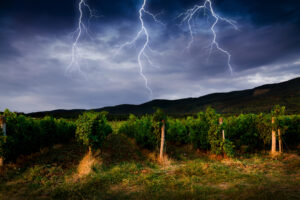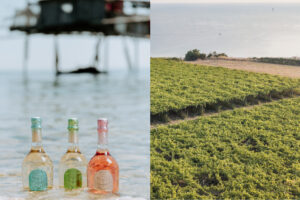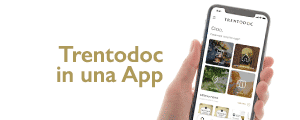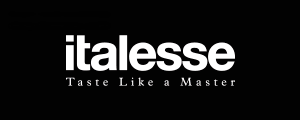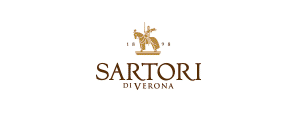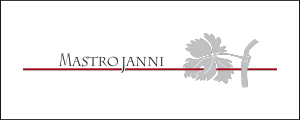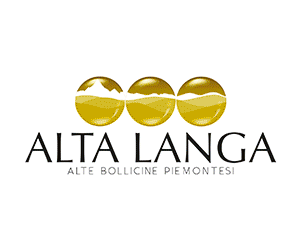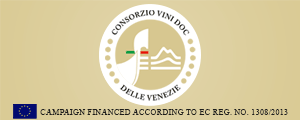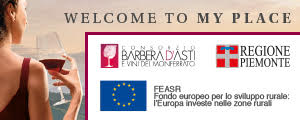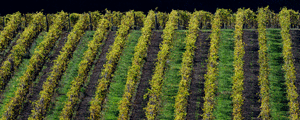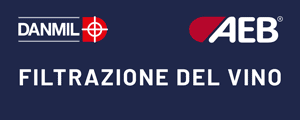The new European law on marketing alcoholic beverages, "Audio Visual Media Services Directive", only affects the content of promotional messages, and not the quantity. According to a study published in the scientific journal "Addiction", the official publication and innovative methodology from many points of view, "Society for the Study of Addiction" (http://goo.gl/vf9CXY), it is decidedly necessary to adjust the quantity of these messages as the authors have found there is a positive relation between exposure to advertising messages for alcoholic beverages and consumption by European teenagers - regardless of cultures and national laws.
The study was conducted on a sample of 9.075 adolescents studying in public schools from four European countries. Italy provided a relative majority 31%, with the provinces of Milan and Cuneo, followed by Poland (27 %), the Netherlands (22%) and Germany (20%), the average age of participants was 14 and approximately 49.5% were male. There are three factors that make it particularly interesting, namely trans nationality, durability (in three distinct phases, from November 2010 to April 2012, cumulatively "covering" the various types of media used for ads) and the fact that the study analyzed both the effect that marketing has on consumption as well as vice versa.
The researchers, led by Avalon de Bruijn, member of the "European Centre for Monitoring Alcohol Marketing", noted that online promotion has an increasingly significant weight, considering the changes the media has made for the new European generations. They also emphasized the growing role of "branded" items as an associated vehicle, including social media and sporting events (like football championships) to the list of factors that, directly or not, are to be considered as marketing of alcohol beverages.
The sample of teenagers tended to underestimate the amount of stimulus received in relation to the promotion and consumption of beer, wine, spirits, soft drinks, alcoholic beverages and so on, and the data on the thirteen categories of the promotional vehicle left little to the imagination. Over two-thirds of the total sample has noted constantly, during the eighteen-month period covered by the study, web pages containing advertising of this type, while more than 40% received promotional items of alcohol brands, and almost 40% received promotional offers on alcoholic products.
These are just the most noteworthy figures of the study, but the findings of the research team do not leave much to the imagination. There is positive Empirical evidence of a relation between promotional messages specifically devoted to alcoholic products and their consumption by young people included in the sample, related to a unique reference. The exposure to these messages (and not, point out the researchers, just the promotional ones) can also lead to a "regressive spiral" in which the two phenomena feed on each other, especially if the young recipient already drinks.
The authors return to the only European directive governing the matter, "Audio Visual Media Services Directive" in their conclusions of the study, and indicate that the results of their study confirm that it is necessary not only to moderate the content of promotional messages of this kind, but above all the quantity, to decrease the exposure of Europe’s citizens of tomorrow to this type of advertising, in all its forms. In the definitely non ambiguous words of de Bruijn, “it is no longer a question of limiting only television advertising: politicians must consider the marketing plans of the entire drinks industry as a whole, and create measures that reduce all types of promotional messages of this type”.
Copyright © 2000/2024
Contatti: info@winenews.it
Seguici anche su Twitter: @WineNewsIt
Seguici anche su Facebook: @winenewsit
Questo articolo è tratto dall'archivio di WineNews - Tutti i diritti riservati - Copyright © 2000/2024











